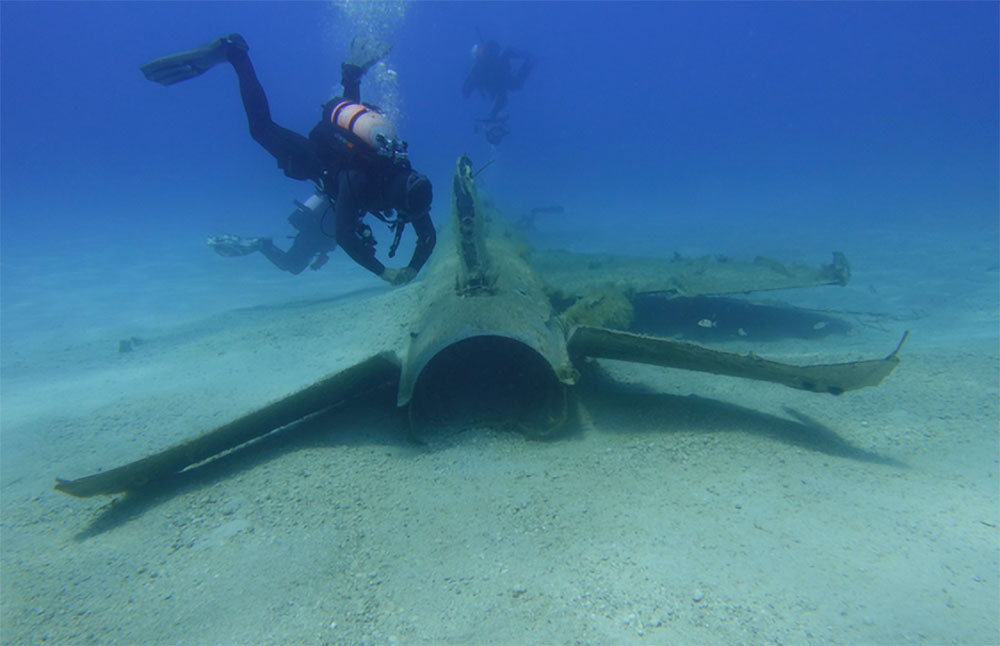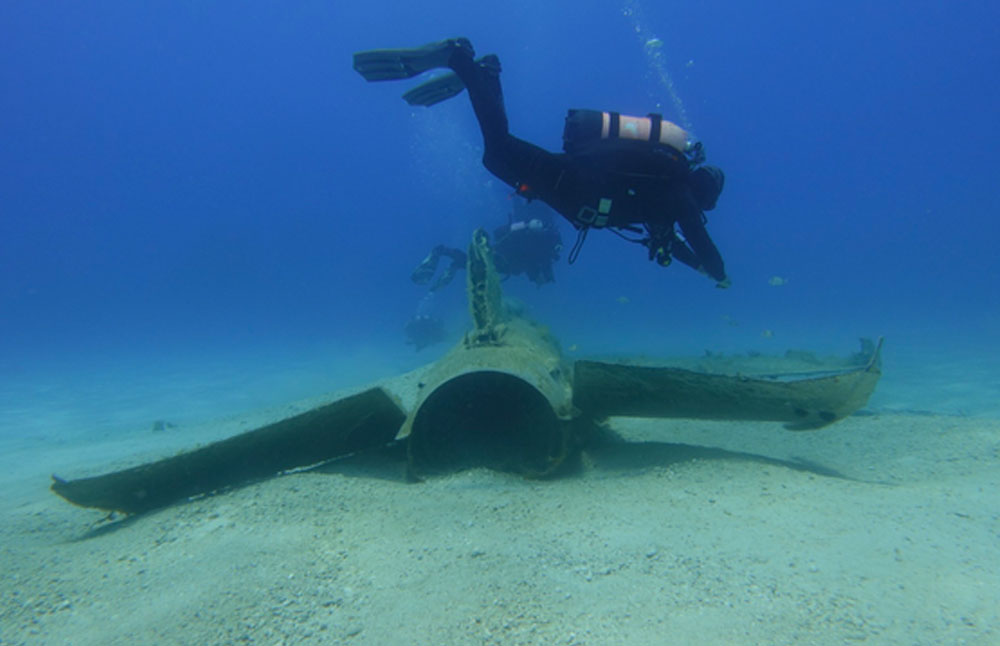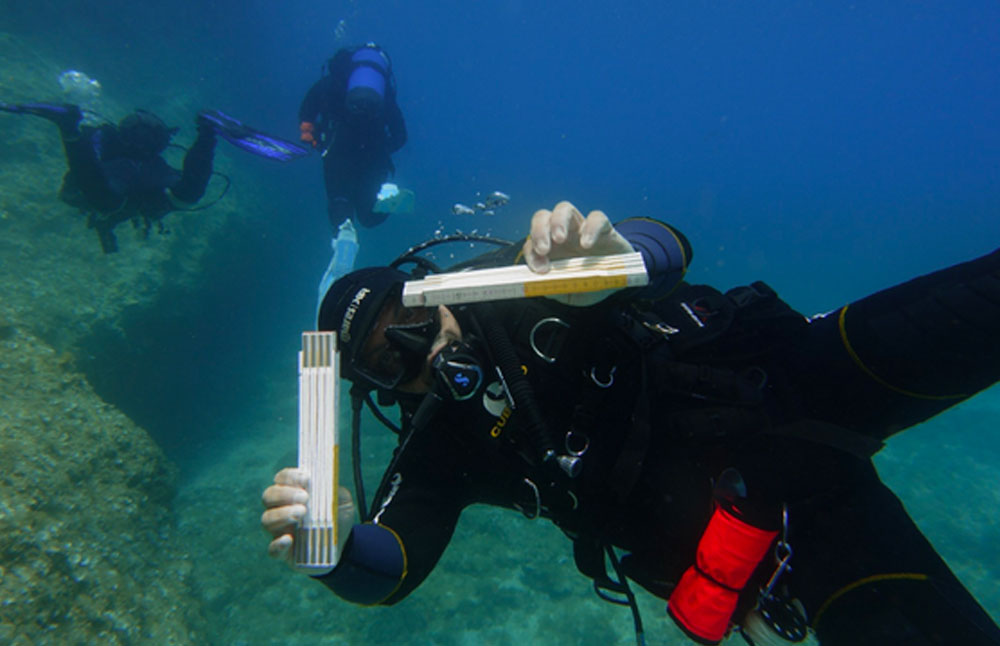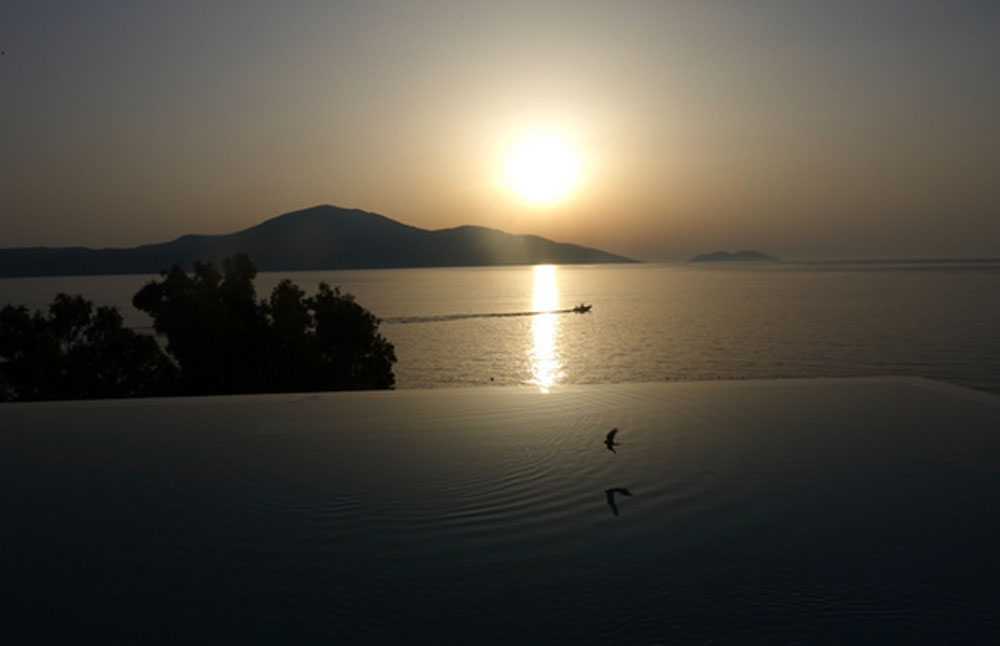Last year, during an underwater/biology/environment work day at the GdPS, Simone Modugno proposed a trip to Albania that he was organising. The tour in question would have taken us to visit some of the most interesting wrecks, sunk along the Albanian coasts and some Posidonia oceanica meadows still in a good state of conservation. The Albanian marine areas, still visited by a few divers (diving in Albania has not yet taken off) and considered among those still intact in the Mediterranean (especially in the diver’s Adriatic and Aegean), could have become particular settings for activities both of photography, both of underwater video and of . Pervaded by enthusiasm, I was already certain that it would be a perfect event for me, therefore, I could not miss it!


Arrived at Tirana airport on 19 June 2023, well over 2 hours late and visibly tired, I find the good Simone welcoming me who, with his sarcastic smile, said to me, after the welcome ritual, “Isa you will see that we will have fun, besides, I have also worked out other things to do ”.
Knowing him, the phrase didn’t surprise me at all, but I didn’t imagine that he would involve me in photogrammetry shots, both underwater and on land!
A week, seemingly a long time for a vacation, proved too much of a time constraint and literally flew by in an instant.
Diving on wrecks, such as the one on the hospital ship “Po”, in the center of the Bay of Vlora, the one on the wreck of the motor ship “Probitas”, right in the center of the Gulf of Saranda, the dive on the MIG-21 plane, placed in front of the coast of Dhermi, the explorations along the walls of the Karaburun peninsula have always been preceded by an in-depth two-handed briefing between Simone, from a biological point of view, and Cesare Balzi, enthusiast and wreck discoverer, for the historical framework and archaeological. The landlord Igli Pustina, president of the Albanian Underwater Federation CMAS, managed the logistics, therefore: tanks, boats, lunches, permits, etc.
I had the impression of always being immersed in the history, sometimes too tragic of some wrecks, before entering the water. Parallel to the historical account, my mind began to imagine when and how nature had colonized the metallic mass in almost 80 years of submerged life. I experienced emotions before, during and after visiting the wrecks and, without a shadow of a doubt, these feelings have achieved the goal!


My knowledge of photogrammetry and the three-dimensional reconstruction of environments and wrecks was linked only to reading websites and Simone’s information pills, but the full immersion I had during the week spent in Albania allowed me to discover the importance and the upstream work to achieve a minimum goal: the so-called shooting dataset. In fact, the first attempt made while diving on a beautiful wall in the Karaburun park area highlighted the difficulties between taking photographs and filming for pure pleasure: it seems easy to do them, but in practice, when you plan jobs with much more outlined, well… then that’s a whole other thing. Detecting datasets for photogrammetric reconstruction purposes is a completely different way of photographing or making video footage (from which the frames are then extrapolated, using the so-called Structure From Motion SFM software) and, after several more or less decent attempts (much less than more) I have succeeded in something good.
The work that, in my opinion, I was very successful with was the survey of part of the amphitheater during the excursion to the archaeological site inside the Orikum lagoon. On this occasion I was able to put into practice what I had acquired in the previous days, working for the reconstruction of the Roman amphitheater and other structures.
I believe that photogrammetry represents an innovative tool for multiple activities and as far as diving is concerned, it will allow even non-divers to enjoy the beauties that the sea hides.
These few lines are not enough to illustrate the emotions lived and the new experiences made with a group of very close-knit people with a “hunger” for knowledge. However, I hope that they have aroused your curiosity and desire to explore a still uncontaminated sea in terms of diving and a continental nation which, in terms of tourism, deserves attention: Albania!
Special thanks to Igli Pustina, our contact person and diving partner in Albania, to Cesare Balzi for making us excited and last but not least to Simone Modugno because with him you always learn something new.
